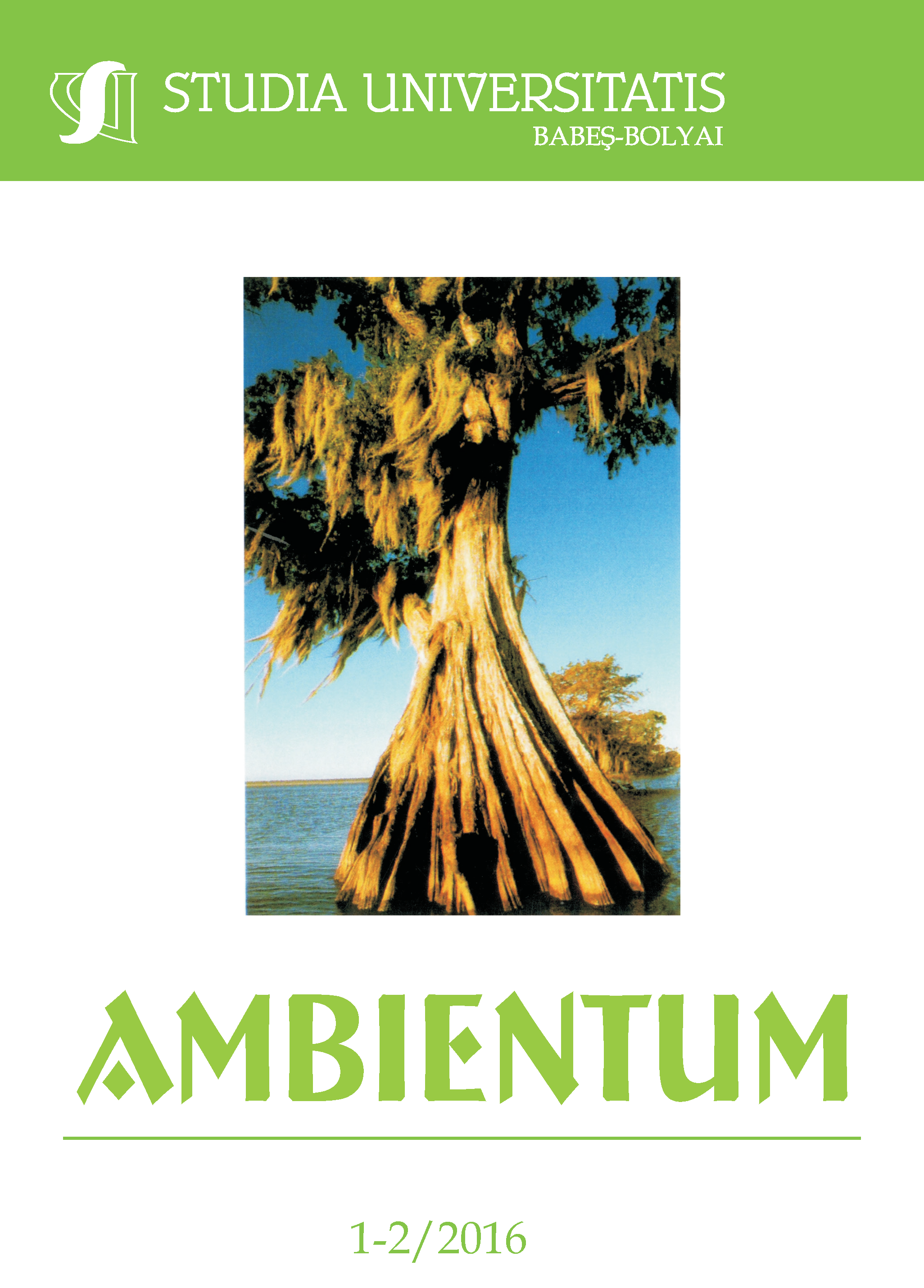GEOMORPHOLOGICAL CONSTRAINTS IN THE URBAN DEVELOPMENT OF THE GRUIA DISTRICT IN CLUJ-NAPOCA
Keywords:
landslides, constructions, probability, urban planningAbstract
The development and the territorial evolution of the residential complexes specific to urban areas are restricted by the landscape in the territories split by valley corridors. This also applies to the town of Cluj-Napoca, which has experienced during recent years an unprecedented urban increase. This paper deals with the suitability of the ground for new buildings in Gruia district (Cetătuia Hill), located in the central part of the town. As opposed to peripheral districts where the extension of built areas can be made at the expense of the unincorporated areas, in the central parts this is only possible by using the limited surfaces within the built-up areas. Very often, these areas are restrictive with regard to the construction of new buildings. The existing buildings have been initially logged by using GIS techniques. Subsequently, based on the characteristics of natural and anthropic factors, a map indicating the probability of landslides was drafted. Such a map provides valuable information on the plots of land that could sustain new constructions, as well as with regard to the costs of such constructions. All this information should be taken into consideration in the future, since it represents the basis for current and future urban planning decisions.
References
Bălteanu D., Chendes V., Sima M., Enciu P., 2010, A country level spatial assessment of landslide susceptibility in Romania. Geomorphology, 124 (3-4), pp. 102 – 112.
Chira C., Popa M., 2004, Protection of areas of geological interest Miocene deposits in the surroundings of Cluj-Napoca and Alba Iulia. Environment & Progress, 2, pp. 77-81.
Cristea V., Baciu C., Gafta D., 2002, Cluj-Napoca city and suburban area, Ed. Accent, Cluj-Napoca, 332 p.
Dhakal A.S., Amada T., Aniya, M., 2000, Landslide hazard mapping and its evaluation using GIS: An investigation of sampling schemes for a grid-cell based quantitative method. Photogrammetric Eng. & Remote Sensing, 66 (8), pp. 981–989.
Hosu A., 1999, Architecture of Eocene sedimentation deposits in northwestern Transylvania Depression, Cluj University Press, Cluj-Napoca, 224 p.
Mészáros N., Clichici O., 1988, The geology of Cluj-Napoca. Studia Univ. „Babes-Bolyai” Geol.-Geogr., XXXIII/1, pp. 7-17.
Morariu T., Mac I., 1967, Regionarea geomorfologică a teritoriului orasului Cluj si împrejurimilor, Studia Univ. „Babes-Bolyai” Geol-Geogr., 1. Cluj-Napoca, pp. 75-88.
Pop Gr., 2007, Cluj County, Romanian Academy Press, Bucharest, 277 p.
Sarkar S., Kanungo D.P., 2004, An integrated approach for landslide susceptibility mapping using remote sensing and GIS, Photogrammetric Engineering and Remote Sensing, 70 (5), pp. 617–625.
GT 019-98, 1998, Guide for drafting risk maps of slope slip construction to ensure stability, Institute studies and projects for land reclamation, Bucharest, 48 p.
Downloads
Published
How to Cite
Issue
Section
License
Copyright (c) 2016 Studia Universitatis Babeș-Bolyai Ambientum

This work is licensed under a Creative Commons Attribution-NonCommercial-NoDerivatives 4.0 International License.





 ISSN (online): 2065-9490 | ISSN (print): 1843-3855 | ISSN-L: 2065-9490
ISSN (online): 2065-9490 | ISSN (print): 1843-3855 | ISSN-L: 2065-9490